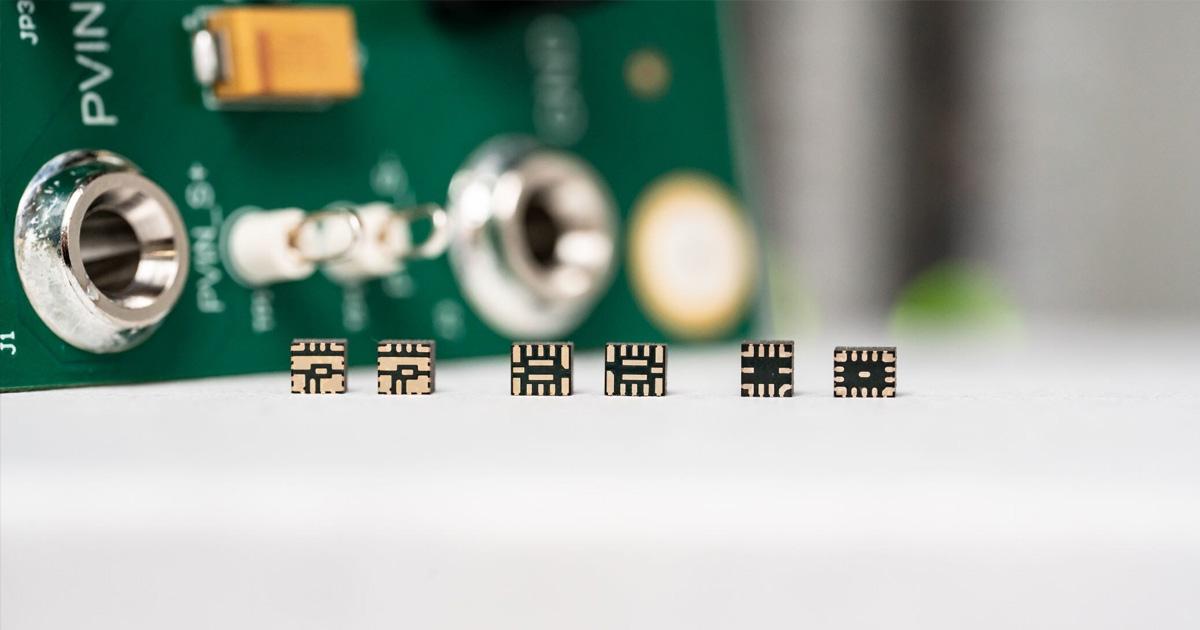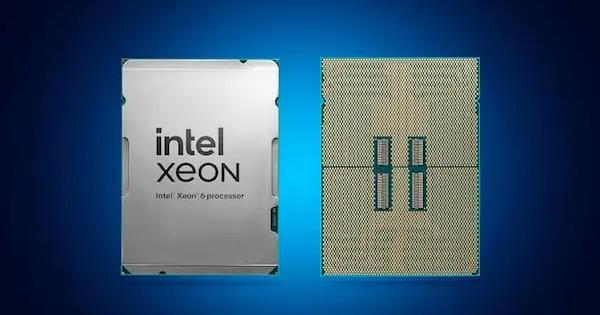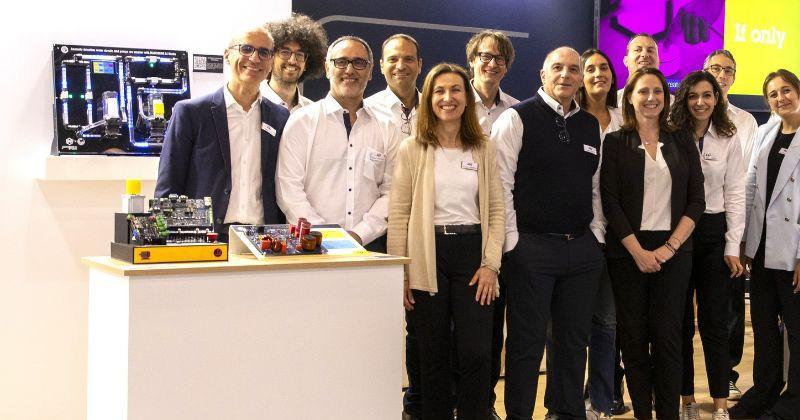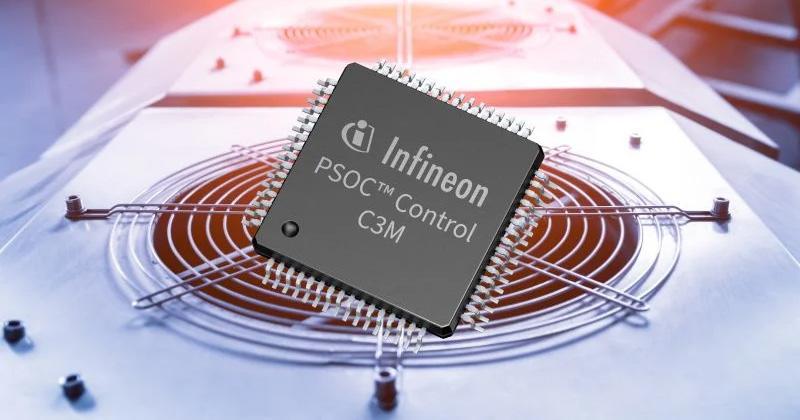
Microchip Launches Advanced MPUs for HMI and Connectivity Applications
As the world of embedded systems grows more complex, developers can struggle to design solutions that balance performance, energy efficiency, and compactness. From industrial automation to transportation systems, achieving this delicate balance has become one of the primary challenges for engineers. Enter the new SAMA7D65 series from Microchip Technology, designed to address these concerns head-on with both system-on-chip (SoC) and system-in-package (SiP) variants.

Microchip's newest MPU supports multiple applications in the industrial, medical, and transportation markets.
Microchip designed the SAMA7D65 MPUs to meet the growing demands of Human-Machine Interface (HMI) and connectivity applications, with an Arm Cortex-A7 core clocking up to 1 GHz. The new devices specifically target industries requiring interactive displays, real-time networking, and low-latency communication, including industrial automation, medical devices, and transportation.
Microchip's New MPU Targets HMI and Connectivity
The SAMA7D65 processors (datasheet) are equipped with high-performance interfaces such as low-voltage differential signaling (LVDS) and the mobile industry processor interface display serial interface (MIPI DSI). These interfaces quickly and efficiently transmit data to render graphics on sophisticated touchscreens, making them useful for HMI applications.
A key part of this graphics performance is the inclusion of a 2D graphics processing unit (GPU), which accelerates the rendering process and ensures smooth, responsive user interfaces. This level of graphics processing makes the SAMA7D65 well-suited for applications like industrial control panels, medical diagnostic equipment, and transportation dashboards that require clear, interactive displays under various environmental conditions.
Connectivity for Real-Time Applications
Embedded systems must often communicate with multiple devices simultaneously, requiring not only robust hardware but also precise synchronization to support real-time communication.

Partial view of the SAMA7DA65 block diagram. Visit page 10 of the datasheet for full diagram.
The SAMA7D65 may deliver in this regard, featuring dual Gigabit Ethernet ports that support time-sensitive networking (TSN). With these ports, the device can synchronize data transfers across a network with sub-microsecond precision—an especially important feature for factory automation systems, robotics, smart grids, or any other industries where delays or data loss can result in costly downtime or safety issues.
What Makes the SAMA7D65 Energy Efficient?
Microchip attributes the SAMA7D65 series' energy efficiency to its SiP design, which integrates 2-Gb DDR3L memory directly into the package. This can easily reduce the number of components that need to be interconnected and can reduce overall power loss. The low-voltage design of the SiP reduces the power consumption of the system, making it an attractive choice for battery-powered or energy-conscious applications such as portable medical devices and IoT systems. The combination of power optimization and high performance means that the SAMA7D65 can handle complex tasks without taxing energy resources unnecessarily.
Support Tools and More
To support developers using the SAMA7D65 MPUs, Microchip also offers several development tools. The Microchip Graphics Suite (MGS) allows developers to efficiently create sophisticated graphical user interfaces (GUIs) and other visual applications. For those working with real-time operating systems (RTOS) or bare-metal systems, the MPUs are compatible with MPLAB Harmony v3. The devices also include Linux support through Microchip's mainline Linux distribution. The SAMA7D65 Curiosity development board offers hands-on evaluation, enabling developers to quickly prototype and test their designs
With Microchip’s advanced connectivity and energy-efficient design, these SAMA7D65 processors provide developers with a powerful tool for creating next-generation HMI and connectivity solutions. Whether for industrial automation, medical systems, or smart appliances, the MPU accommodates today’s most demanding applications by addressing the challenges of energy consumption, performance, and connectivity.




